As a homeschooling parent, you understand the importance of providing a well-rounded education for your child. Music education is a crucial part of a comprehensive curriculum, offering many cognitive, emotional, and social benefits. While a structured music curriculum lays the foundation for musical growth, supplementing it with diverse activities can greatly enrich your child’s musical experience. In this guide, we’ll explore a range of opportunities and activities to broaden your child’s musical horizons and make their homeschool music journey more engaging and rewarding.
Live Performances: Bringing Music to Life
Attending live musical performances is an excellent way to inspire and motivate your young musician. Consider these options:
- Local concerts: Check community calendars for concerts featuring various genres, from classical to jazz to folk music. Many of these events offer discounted or free tickets for children. For example, look for family-friendly performances by local orchestras or ensembles.
- Student recitals: Attend recitals by local music students to expose your child to their peers’ accomplishments and provide performance goals to work towards. These could include recitals at local music schools, community centers, or even homeschool co-op events.
- Virtual performances: Take advantage of the many virtual concerts and live-streamed music events available online, allowing your child to experience performances from around the world. Platforms like YouTube, Facebook Live, and Zoom have made it easier than ever to access high-quality musical performances from the comfort of your home.

Exploring Music History: Connecting the Dots
Understanding the historical context of music can deepen your child’s appreciation for the art form. Try these activities:
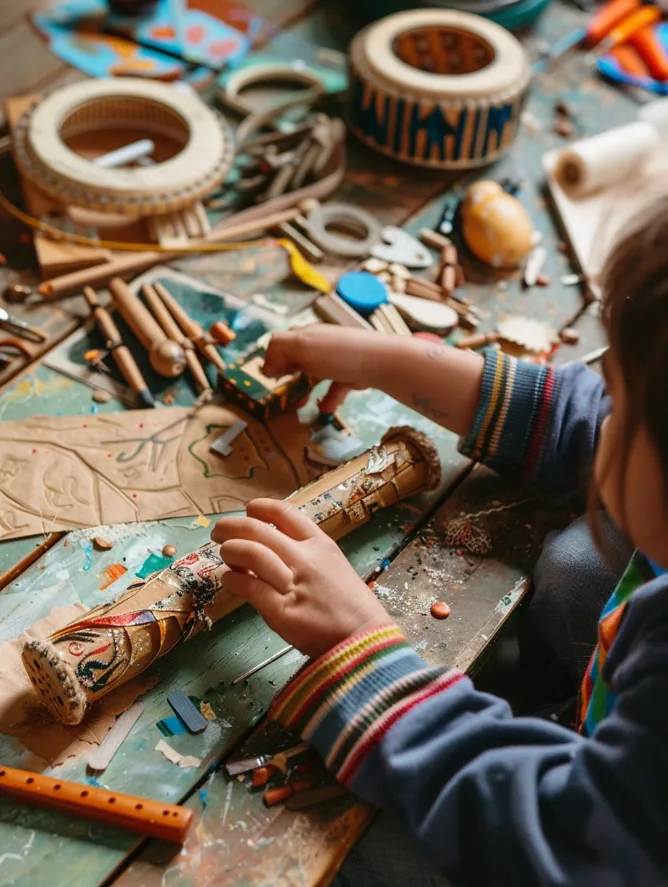
- Composer studies: Choose a famous composer and dive into their life, works, and historical era. Read biographies, listen to their compositions, and complete related worksheets or projects. For instance, if studying Mozart, you could listen to his most famous works, read a children’s biography about his life, and create a lapbook or poster highlighting key facts and accomplishments.
- Timeline activities: Create a musical timeline, placing composers, musical eras, and significant events in chronological order. Use pictures, snippets of sheet music, or sound clips to make it interactive. You could even create a giant wall timeline in your homeschool space, adding to it as you learn about new composers and musical periods.
- Music appreciation: Listen to a wide variety of musical genres and styles, discussing the characteristics, emotions, and cultural significance of each piece. Encourage your child to keep a music appreciation journal, writing down their thoughts and impressions after each listening session.
Getting Creative: Unleashing Musical Expression
Encouraging your child to create their own music fosters creativity and deepens their understanding of musical concepts. Consider these ideas:
- Composition prompts: Provide your child with a set of guidelines or a theme and challenge them to compose a short piece of music based on those parameters. For example, ask them to create a piece that evokes a specific emotion or tells a story through sound.
- Songwriting activities: Encourage your child to write their own lyrics and set them to a simple melody. This activity combines language arts skills with musical expression. You could even organize a homeschool songwriting workshop or contest to motivate and inspire your child.
- Music crafts: Engage in music-related craft projects, such as making homemade instruments, creating musical-themed artwork, or designing concert posters for imaginary performances. For instance, your child could make a guitar using a tissue box and rubber bands or paint a picture inspired by a favorite piece of music.
- Improvisation games: Play improvisation games that encourage your child to think on their feet and create music spontaneously. One fun game is “musical conversations,” where players take turns making up short melodic phrases to “converse” with each other through music.
Integrating Technology: Enhancing Music Education with Digital Tools
Technology not only enriches traditional music education but also serves as a powerful supplement when used in conjunction with the Practicing Musician platform. Here are some digital tools that can support your child's musical journey:
- Music Apps: Use educational music apps that teach fundamental concepts like note reading, rhythm, and ear training through interactive games and exercises. Apps such as Music Theory Pro, Yousician, and Treble Cat integrate well with the comprehensive learning approach provided by Practicing Musician, reinforcing the skills taught on our platform.
- Online Music Games: Engage your child with online music games that reinforce theory concepts, enhance aural skills, and encourage virtual instrument exploration. Resources like Theta Music Trainer and MusicTheory.net complement the Practicing Musician curriculum by providing more interactive and fun learning opportunities.
- Virtual Instrument Lessons: Enhance your child’s learning experience by incorporating virtual lessons or masterclasses into their primary instrument studies. Many music schools and instructors now offer online options that allow students to receive help from diverse teaching styles and techniques. These virtual lessons can serve as an excellent supplement to the structured learning environment provided by Practicing Musician, offering broader exposure and deepened ability.
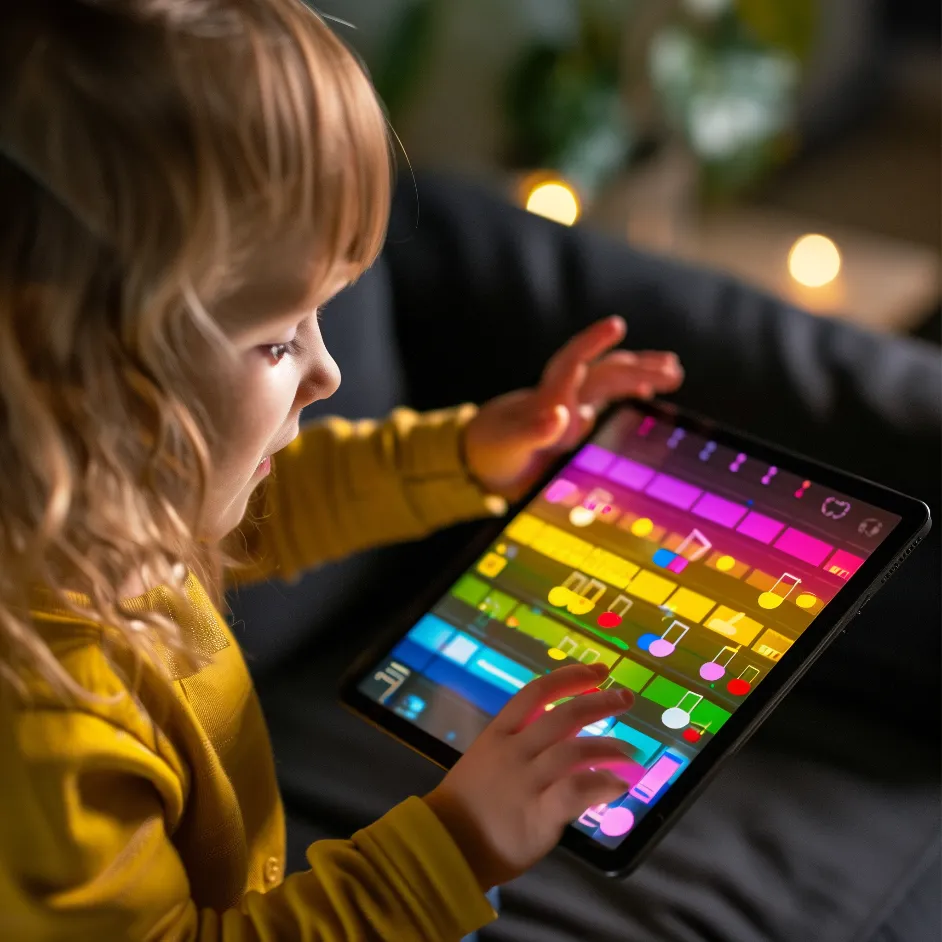
Making It Work: Implementing Supplemental Activities in Your Homeschool
Incorporating supplemental music activities into your homeschool routine may seem daunting, but with a bit of planning, it can be both manageable and enjoyable. Here are some tips:
- Set aside dedicated time: Schedule regular slots for supplemental music activities, ensuring they don’t overwhelm your core curriculum. Consider having a weekly “music exploration day” where you focus on these enrichment activities.
- Follow your child’s interests: Let your child’s musical interests guide the choice of activities, fostering intrinsic motivation and engagement. If they’re passionate about a particular composer, genre, or instrument, use that as a springboard for further exploration.
- Collaborate with other homeschoolers: Connect with other homeschool families to share resources, plan group activities, or attend performances together. You could even start a homeschool music club or co-op to provide a supportive community for your child’s musical journey.
- Use Practicing Musician: Incorporate Practicing Musician’s comprehensive online music curriculum as a strong foundation, using the supplemental activities to enhance and expand upon the platform’s offerings. The combination of structured lessons and creative enrichment will provide a well-rounded musical education.
Conclusion: Embracing the Joy of Musical Discovery
Supplementing your homeschool music curriculum with diverse activities opens up a world of musical discovery for your child. By attending live performances, exploring music history, engaging in creative projects, and using technology, you can create a rich and stimulating musical environment that fosters growth, appreciation, and joy.
Remember, a well-rounded music education isn’t just about technical ability; it’s about developing a lifelong love for music. By embracing these supplemental activities and using resources like Practicing Musician to provide a strong foundation, you’ll be setting your child on a path to musical success and personal fulfillment. So go ahead, explore, create, and enjoy the wonderful world of music together!

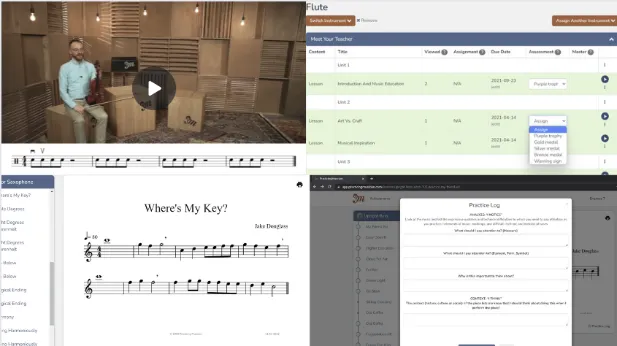
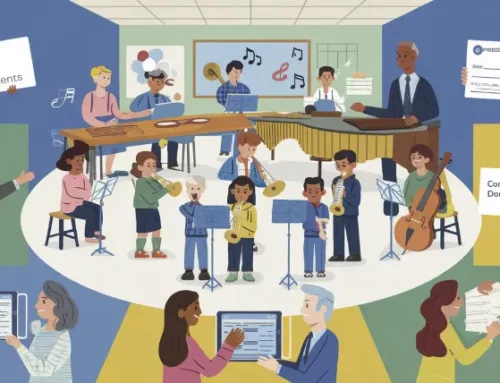
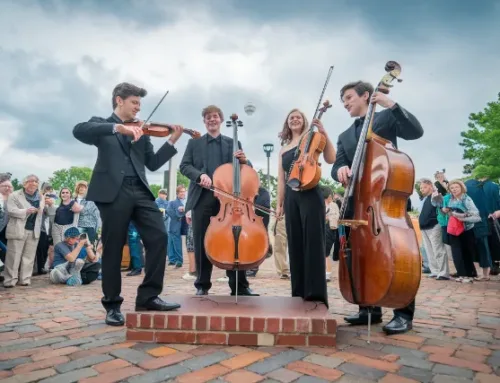
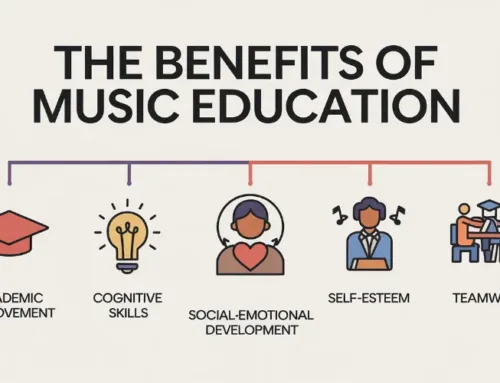


Leave A Comment
You must be logged in to post a comment.